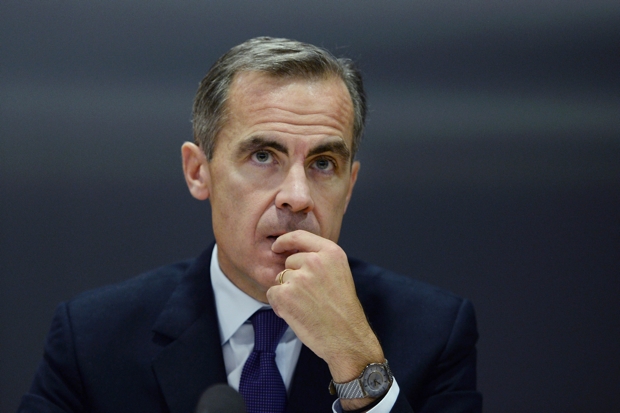After days of speculation – and months of simmering tensions – over the Governor of the Bank of England’s future, Mark Carney has finally revealed his exit plan. Following a meeting with the Prime Minister, Carney announced that he will stay on as Governor of the Bank of England only until June 2019 – three months after the UK is expected to leave the European Union.
In a letter to the Chancellor, Carney expressed his wish to extend his current five-year term by one year in order to ‘help contribute to securing an orderly transition to the UK’s new relationship with Europe’.
While some Brexiteers will no doubt be cheering that the end is in sight, his decision will come as a disappointment to the government. There had been hopes he would stay on for a full term until 2021, with Theresa May today putting in a last-minute charm offensive — describing him as ‘absolutely’ the best man for the job. This was in stark contrast to the language she used in her Conservative conference speech when she took issue with his ‘super-low’ interest rates and quantitative easing.
However as Matthew Lynn argues on Coffee House, as well as allowing himself to be caught up in Project Fear before the referendum, Carney’s economic record as governor is not the most impressive when compared with predecessors. His opponents will now have to wait until 2019 to have a governor who believes in Brexit Britain.
Carney was never going to leave Mrs May in the lurch. After his own personal Brexit he can be expected to enter politics in his native Canada, or head off for an IMF job. Neither are jobs you could do if you’re seen to have left Threadneedle St with your tail between your legs. And there is plenty more to the story that is currently being told. More from James Forsyth in a cover story of the next Spectator.







Comments